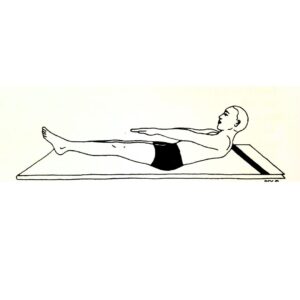Padmasana, also known as Lotus Pose, holds an esteemed place within yoga. Notable not only for its physical benefits but also for its profound spiritual significance. Deriving from ancient Indian traditions, this seated posture represents purity, enlightenment and blossoming of one’s inner self. We will delve deeper into its art and science with this comprehensive guide, exploring its history, benefits and how you can reach perfection of this revered pose.

Getting Started with Padmasana
- Preparing the Body:
Preparing Your Body Prior to trying Padmasana, it’s crucial that your body be adequately prepared. Start with gentle warm-up exercises designed to loosen joints and increase blood flow before transitioning into stretching routines that focus on hips, knees, and ankles to increase flexibility – this will make the Lotus Pose much simpler to reach. - Understanding the Basics:
Lotus Pose requires adopting an optimal sitting posture. Create a firm and comfortable base, align your spine, and position hands and feet mindfully – these key ingredients form the basis of any successful Padmasana practice
Step-by-Step Guide to Padmasana
- Easy Pose (Sukhasana):
Start off your yoga journey in Sukhasana – The Easy Pose. Sit comfortably cross-legged on a mat to ensure an upright spine is supported, then begin cultivating awareness of breath; setting up the basis for concentration that may become necessary as you advance. - Half Lotus Pose (Ardha Padmasana):
Gradually progress towards Ardha Padmasana (Half Lotus Pose). At this stage, one foot should be placed atop of its opposite thigh to increase stretch depth and maintain proper alignment while listening for your body’s cues and listening carefully for any signals it is giving you - Full Lotus Pose (Padmasana):
Bring Padmasana into its full expression by placing the second foot onto its opposite thigh and relaxing into its full expression with mindfulness, paying particular attention to spine alignment and hand placement.
Benefits of Padmasana
- Physical Benefits:
Padmasana extends beyond its spiritual roots, offering physical advantages. Experience improved posture, increased flexibility, and strengthened core muscles as you integrate this pose into your practice. - Mental and Spiritual Benefits:
Beyond the physical realm, Padmasana has profound mental and spiritual benefits. Calm the mind, enhance focus and concentration, and forge a deeper connection with your spiritual self through regular practice.
Modifications and Variations
Utilization of Props in Practice:
Props may help those having difficulty in reaching Padmasana to achieve it more comfortably and maintain its integrity while making Padmasana accessible and maintaining integrity of posture. Bolsters, blocks or blankets may offer support that makes the pose accessible while upholding integrity of pose.Variations for Different Levels of Flexibility:
Recognizing that each practitioner has different requirements, variations of Lotus Pose provide modifications tailored to individual levels of flexibility. Experiment with modifications that work for you now before gradually progressing as your body adjusts to this challenging pose.Padmasana Pose for Seated Meditation Variations:
Integrate Lotus Pose into seated meditation variations for additional benefits beyond physical strength, creating a gateway into mindfulness and inner discovery – ultimately leading to harmony between body and mind.
Contraindications and Precautions
Pre-existing Health Conditions:
Padmasana offers many health advantages; however, not everyone may find it suitable. Individuals with preexisting health conditions affecting knees or hips should use caution or seek guidance from an accredited yoga instructor when performing the pose.Individuals With Limitations Can Avail of Modifications:
Modifications may make Padmasana easier for practitioners with physical limitations; consult a healthcare professional or experienced yoga instructor in order to adjust the pose to your unique requirements and ensure safe practice.
Integrating Padmasana Into Your Yoga Practice
Sequencing within a Yoga Practice:
Include Padmasana intentionally into your yoga practice. Try scheduling it after warming up but before more dynamic poses for gradual progression that prepares both mind and body for deeper exploration.Integrating Padmasana Into Meditation:
Padmasana makes for an excellent foundation of meditation. The stable seated position facilitates comfort and focus for an increased and richer meditation experience. Use its stillness as you embark on your personal discovery journey!Tips to Maintaining a Recurring Practice:
Consistency is key when it comes to reaping all of the benefits from Padmasana. Set a regular practice routine that prioritizes both its physical components and meditative qualities – your journey towards perfection may never stop!
Discover the Art of Yoga Poses by Exploring the Finest Yoga teacher training in India school.
Enroll in the Transformative 100 hour yoga teacher training in India, 200 hour yoga teacher training in India, and 300 hour yoga teacher training in India Programs for a Deeper Understanding of Yoga.”



